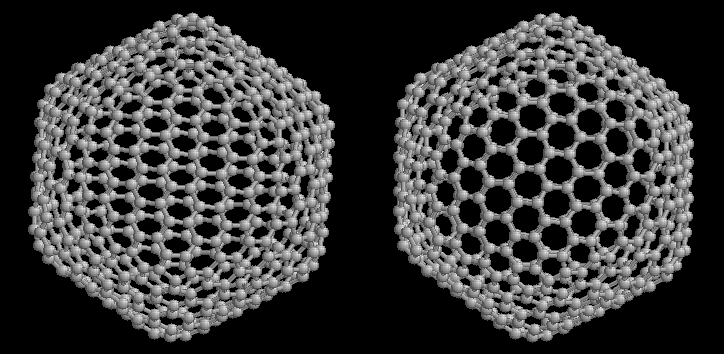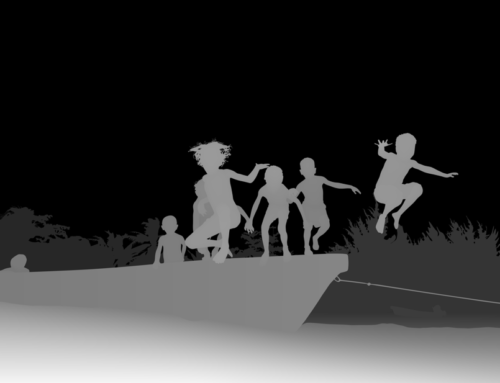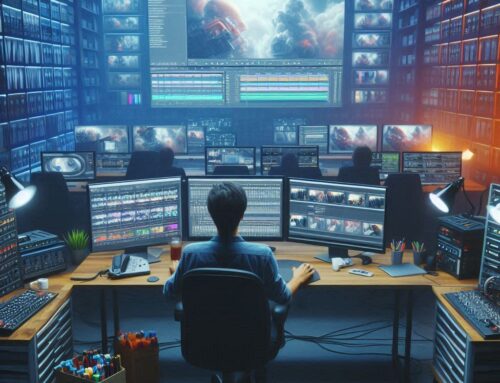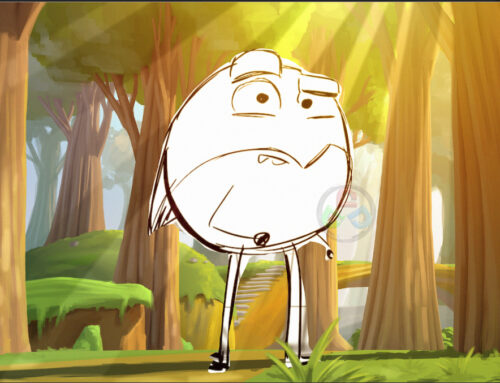Understanding Stereoscopy: Adding Depth to Images by 2D to 3D conversion
Firstly, Let’s delve into the captivating world of stereoscopy, where images break free from their flat confines and gain an exciting third dimension. We’re here, 3D Services India, to guide you through this innovative technique that brings depth to visuals. And, spark your Imagination.
The Magic of depth perception
So, stereo scoping isn’t just a fancy term; it’s a window into a new way of seeing. Let’s, imagine looking at an image. Done? Now feel like you could reach out and touch. Now see, what’s inside. That’s what stereoscopy does – it creates a sense of depth. And, adds life to pictures by 2d to 3d conversion.
Simple Clues, Striking Effects
Our brains understand visual hints naturally. Stereoscopy uses these hints cleverly, like when something is partly behind another thing, showing it’s closer. The world also follows rules: far things get blurry, straight lines meet, colors change a bit. All these hints join up to make the depth we see in stereoscopy.
Bringing Realism to life by Stereoscopy
Stereoscopy’s secret weapon is “binocular disparity” – the tiny difference in what each eye sees. See, when our eyes focus, this difference merges, giving us the feeling of depth. This natural fusion makes objects pop out of the screen. And it feels as if they’re right in front of us.
Stereoscopy: Creating Thrill of 3-D Entertainment
Think about those 3-D movies that make things jump out of the screen – that’s stereoscopy in action. With special glasses, each eye gets a unique view, mimicking how we naturally see. This dynamic duo of images creates an immersive experience. It directly draws us into the story.
No Glasses? No Problem!
Additionally, let’s consider this: Imagine, in this world, where images gain depth. Suppose you could view an image and feel like it’s right in front of you. In this scenario, stereoscopy steps in. Furthermore, this technology transforms flat images into lifelike 3D experiences.
Facts and Real-World Applications of Stereoscopy
- Firstly, Stereo-scoping adds depth to images, making them lifelike.
- Our brain’s cues make it feel real.
- In addition, even old photos benefit from it.
- Not all images work well, though.
- Precise alignment is crucial.
- Furthermore, It’s changed visual storytelling.
- Finally, it transforms how we see images.
- It’s useful in medicine and design too.
- Moreover, no glasses needed with autostereoscopic tech.
- Devices use it differently, though.





